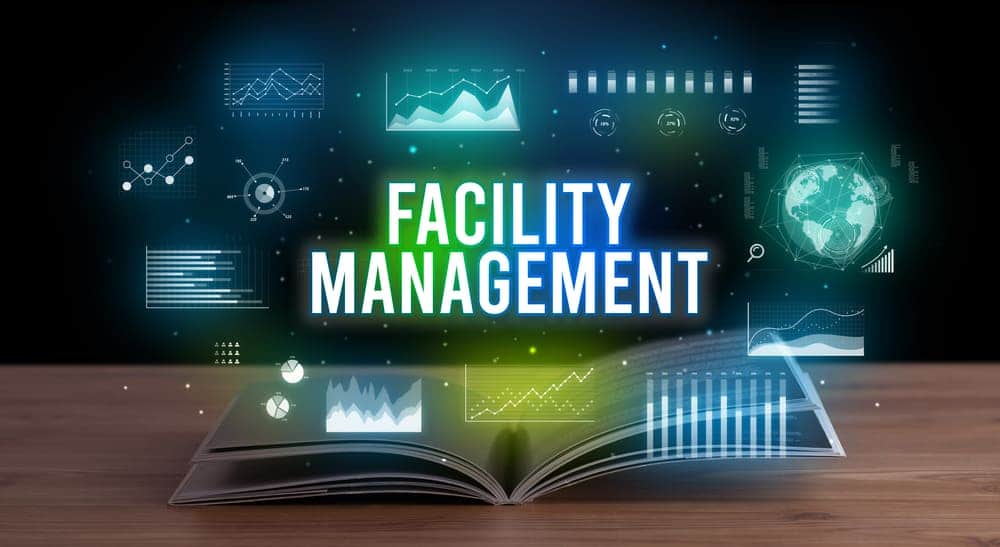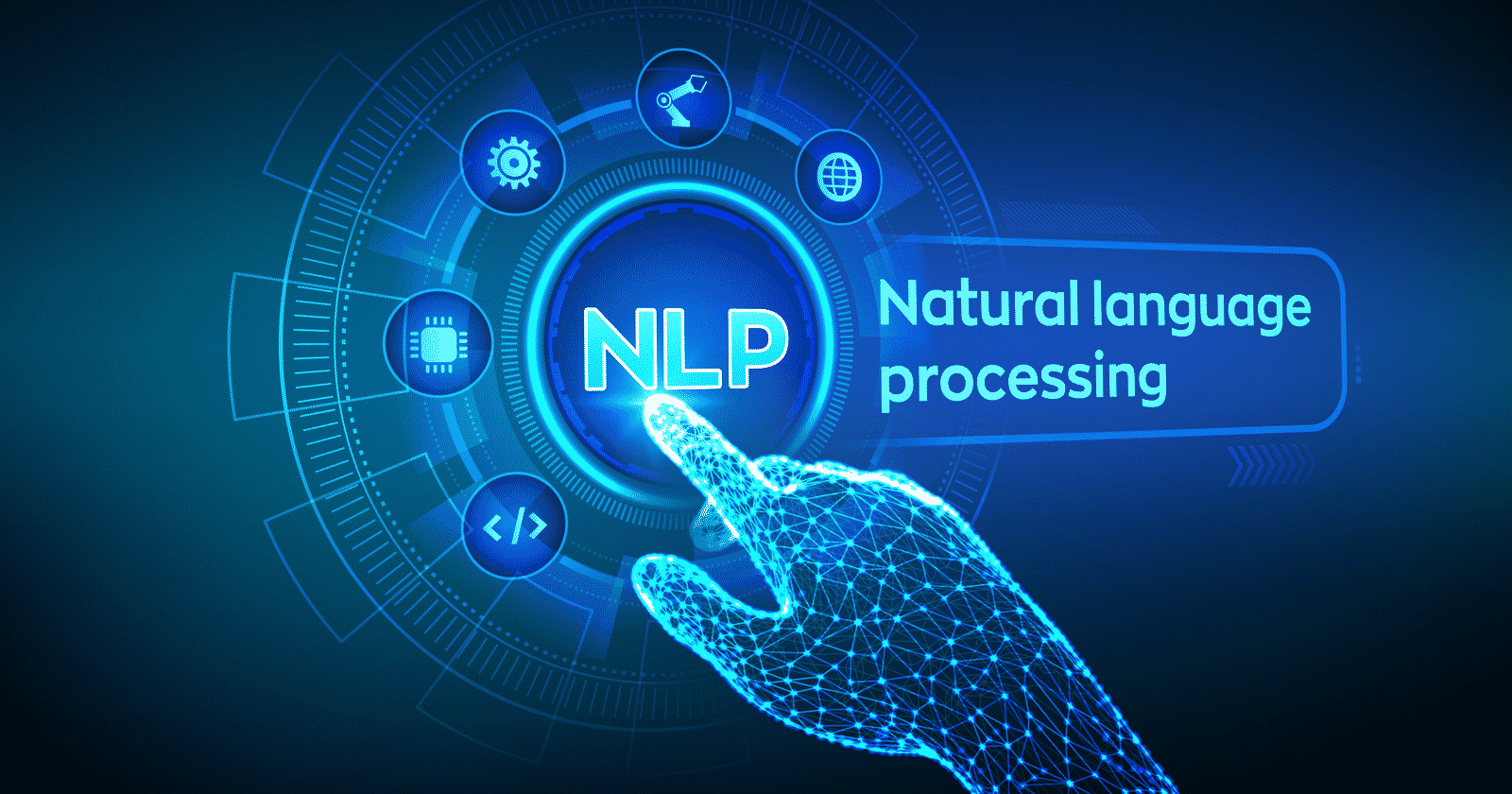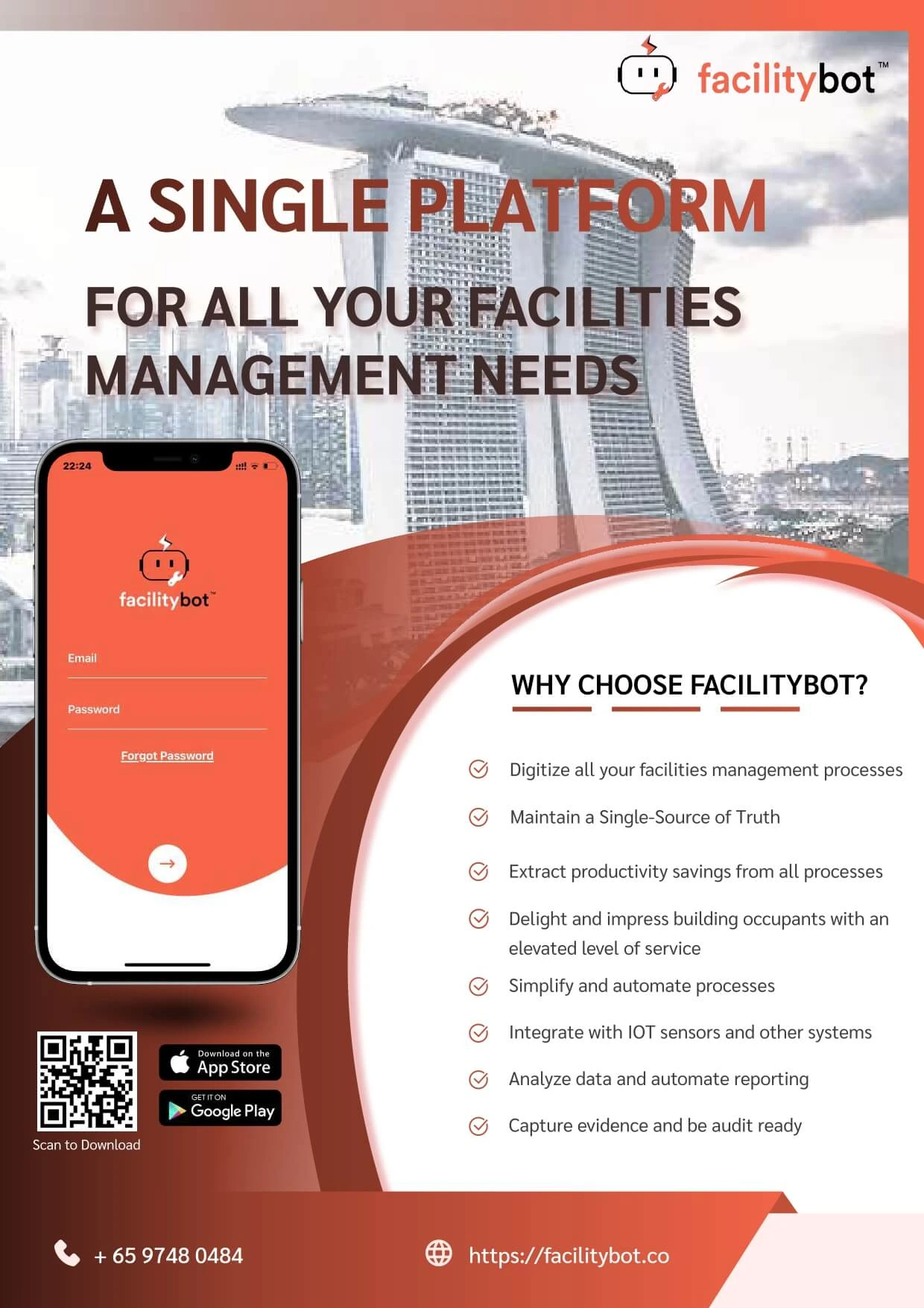In 2025, facility management has evolved far beyond manual fault reporting and reactive maintenance. One of the most transformative technologies driving this change is Natural Language Processing (NLP) — a branch of artificial intelligence (AI) that enables machines to understand, interpret, and respond to human language. When integrated into facility management software, NLP allows teams to automate communication, streamline service requests, and enhance overall efficiency.
Companies like FacilityBot are leading this shift, offering AI-powered tools that use NLP to simplify interaction between facility teams, tenants, and management. By automating communication and issue reporting, NLP ensures a faster, smarter, and more responsive facility management experience.
What is NLP in Facility Management Software?
Natural Language Processing (NLP) enables computers to understand and respond to human language in real-time. Within the context of facility management software, NLP helps interpret maintenance requests, classify issues, and automatically route them to the right personnel — all through plain text or voice commands.
The software automatically recognizes this as a maintenance issue, identifies the asset, and assigns the task to the relevant technician — no manual intervention needed.
Why NLP Matters in Facility Management
In traditional facility management workflows, communication gaps are common. Tenants report issues via phone or email, and administrators manually log them into a CMMS or maintenance system. This process is slow, error-prone, and often leads to delays.

NLP eliminates these barriers by allowing automated two-way communication between users and the system. Here’s how:
- Faster Response Times: NLP interprets service requests instantly, triggering automated workflows without human input.
- Reduced Administrative Work: Facility teams no longer need to manually transcribe or categorize issues.
- Higher Accuracy: NLP systems can detect intent, urgency, and even sentiment, ensuring requests are prioritized correctly.
- Improved Tenant Experience: Tenants can communicate naturally — in their own words — instead of filling out complicated forms.
How FacilityBot Uses NLP to Automate Communication
FacilityBot leverages AI and NLP to make communication in facility management seamless. The platform integrates with popular messaging apps like WhatsApp, Microsoft Teams, and Slack, allowing tenants and staff to report faults directly through familiar channels.
Here’s how NLP enhances FacilityBot’s workflow:
- Natural Language Fault Reporting: Users describe problems in plain language. FacilityBot’s NLP engine identifies the issue type and automatically logs it.
- Automated Task Routing: The system determines the appropriate team or technician and forwards the request for resolution.
- Smart Updates and Notifications: NLP also powers automated follow-ups — updating tenants when their requests are received, scheduled, or resolved.
- Multilingual Support: FacilityBot’s NLP capabilities can understand multiple languages, ensuring accessibility for diverse workforces.
By automating communication through NLP, FacilityBot saves organizations hundreds of hours annually in administrative work while improving response time and tenant satisfaction.
Real-World Applications of NLP in Facility Management Software
- Chatbots for Service Requests: AI chatbots powered by NLP allow tenants to log issues via chat platforms or voice assistants.
- Email Parsing and Ticketing: NLP can automatically convert maintenance-related emails into digital work orders.
- Voice-Activated Workflows: Technicians can use voice commands to check asset histories or update job status hands-free.
- Sentiment Analysis for Feedback: NLP tools can analyze tenant feedback to gauge satisfaction and detect recurring pain points.
- Intelligent Search: Facility teams can use NLP-based search to instantly find maintenance records or asset details using natural phrases like “show me last month’s HVAC repairs.”
Benefits of NLP in Facility Management Software
Integrating NLP into facility management systems offers numerous benefits for organizations:
1. Streamlined Communication
NLP bridges the gap between people and systems by understanding natural language inputs. It simplifies how employees and tenants interact with facility management platforms.
2. Increased Efficiency
Automating service request intake and routing minimizes delays and ensures technicians receive the right information instantly.
3. Reduced Operational Costs
By minimizing manual data entry and administrative overhead, NLP helps organizations reduce labor costs and focus on core maintenance tasks.
4. Enhanced User Experience
NLP-driven chat interfaces make it easy for non-technical users to report issues, improving engagement and satisfaction.
5. Data-Driven Insights
Every interaction becomes a data point. NLP systems analyze communication patterns to identify recurring issues, helping managers make data-backed decisions.
The Future of NLP in Facility Management
As NLP models grow more sophisticated, facility management will see even deeper automation and intelligence. Future NLP-powered systems may include:
- Proactive Maintenance Suggestions: Systems that detect early warning signs from communication data and suggest preventive actions.
- Voice-Enabled Smart Facilities: Hands-free voice commands for controlling lighting, HVAC, and security systems.
- Integrated AI Assistants: NLP-powered digital assistants that guide technicians step-by-step during maintenance tasks.
FacilityBot is already paving the way toward this future. By combining NLP with AI analytics, IoT integration, and automation, it provides an end-to-end solution for smarter facility operations.
Why Choose FacilityBot for AI-Powered Communication
FacilityBot stands out as a comprehensive AI-driven facility management software designed to enhance operational efficiency. Its NLP capabilities transform how organizations handle communication, task management, and reporting.
Key advantages include:
- Seamless integration with messaging apps (WhatsApp, Teams, Slack).
- Automated fault reporting using natural language input.
- Real-time updates and feedback loops for tenants.
- Data analytics for continuous improvement.
For enterprises seeking to modernize their facility management processes, FacilityBot offers a scalable, AI-first platform that brings automation, transparency, and speed to every interaction.
Conclusion
NLP in facility management software represents the next step in operational excellence — automating communication, boosting efficiency, and improving tenant satisfaction. With solutions like FacilityBot, organizations can transform routine maintenance into a data-driven, AI-powered experience.
As facilities become smarter and more connected, NLP will play a pivotal role in creating workplaces where communication flows effortlessly — ensuring every request, report, and repair is handled with precision and speed.




